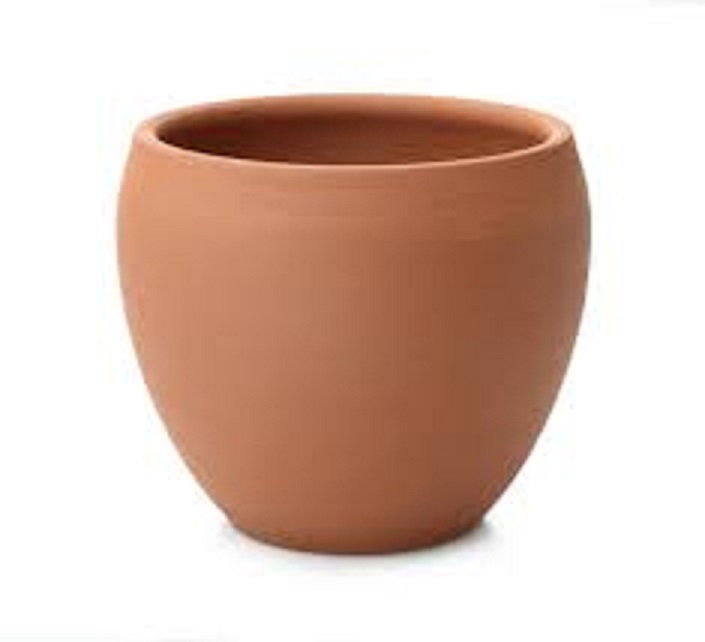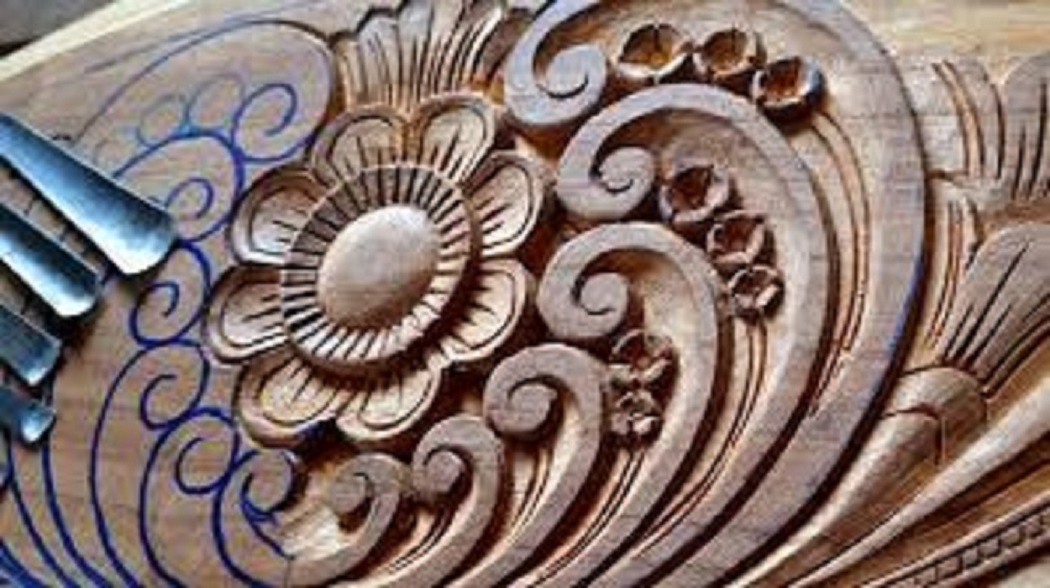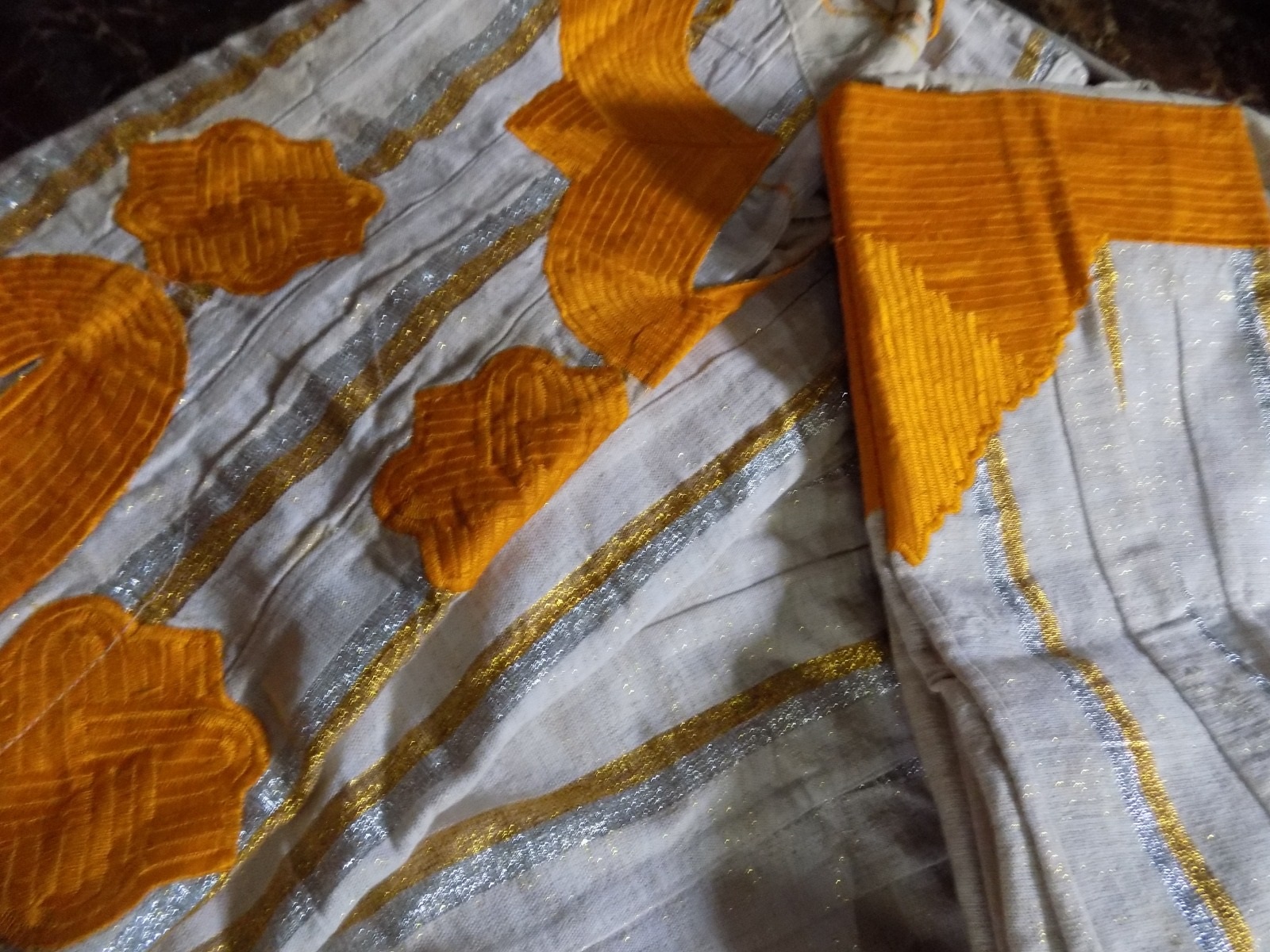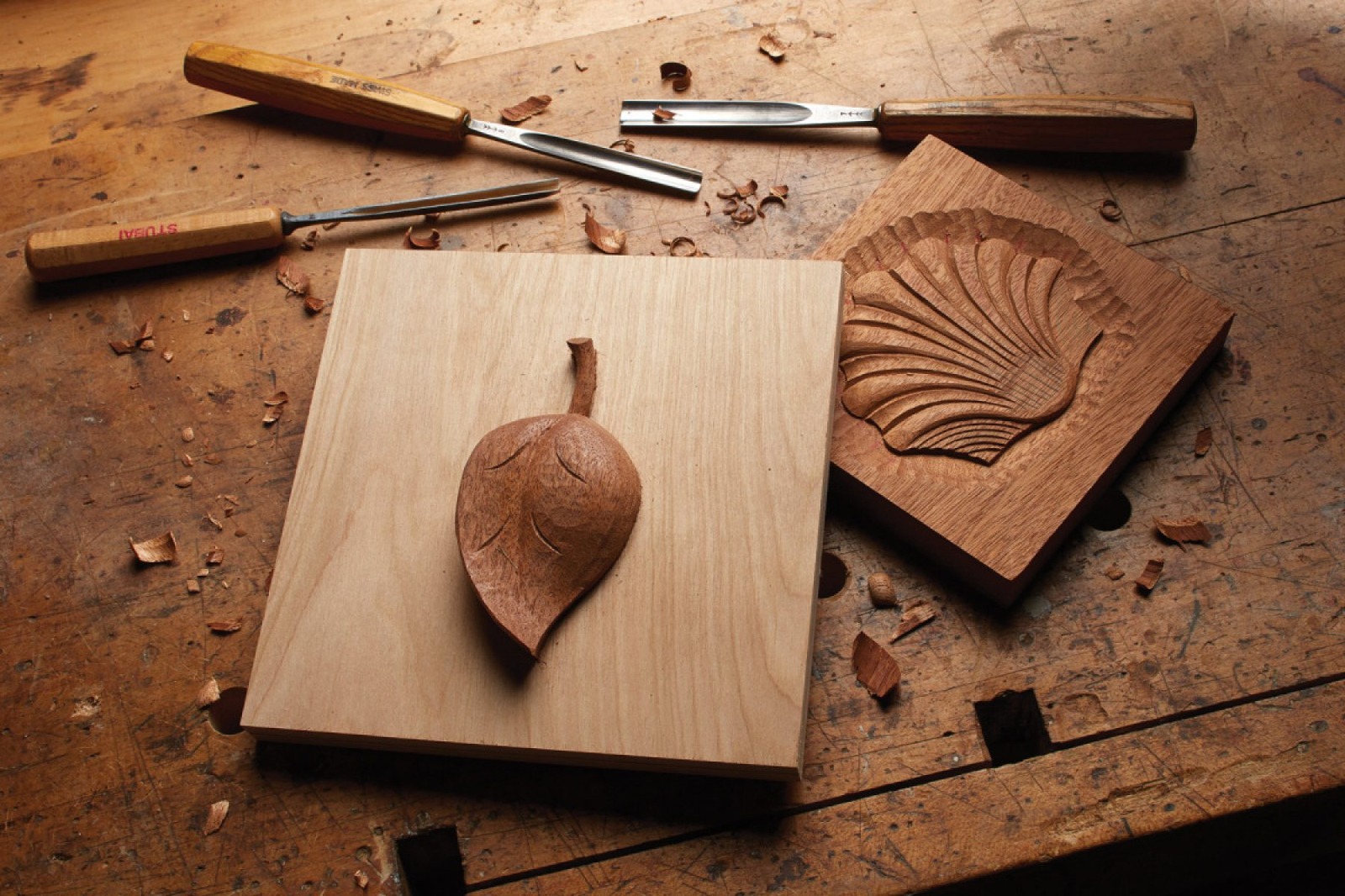
Photo credit: iStock
A clay pot, also known as earthenware, is a container made from natural clay that has been shaped and fired at high temperatures to create a hard, durable vessel. Clay pots have been used by various cultures for thousands of years for cooking, storing food, and other domestic purposes. They are still used today in many parts of the world especially in Africa due to their numerous advantages.
The making of a clay pot involves several steps that require skill and expertise. Here’s an overview of the process:
Sourcing Clay:
The first step is to obtain suitable clay for pottery. Clay can be found naturally in deposits near rivers or lakes, or it may be purchased from suppliers specializing in pottery materials.
Wedging:
Once the clay is acquired, it needs to be prepared by wedging. Wedging is a process of kneading the clay to remove air bubbles and ensure a consistent texture. This step helps to improve the plasticity and workability of the clay.
Centring:
The potter places a lump of wedged clay on a potter’s wheel and starts the wheel’s rotation. The potter then uses his hands to centre the clay on the wheel head, ensuring it spins evenly.
Opening:
With the clay centred, the potter uses their thumbs to push into the centre of the clay, creating an opening. This establishes the basic shape and depth of the pot.
Pulling or Raising:
Using a combination of upward and outward motions, the potter starts pulling the clay upwards to form the walls of the pot. This requires a delicate touch and precise control to achieve the desired shape and thickness.
Shaping:
As the pot takes shape, the potter may use various tools, such as wooden ribs or sponges, to refine the form and smooth the surface.
Trimming:
After the pot has stiffened slightly and is no longer at risk of collapsing, the potter removes excess clay from the bottom of the pot using a trimming tool. This step ensures the pot has a flat and stable base.
Drying:
Once the pot is shaped and trimmed, it needs to dry to remove excess moisture. Drying can be done gradually in a controlled environment to prevent cracking.
Firing:
After the pot is completely dry, it is fired in a kiln. The firing process involves heating the pot to high temperatures to vitrify the clay and make it durable and waterproof. The exact temperature and firing duration depends on the type of clay used and the desired outcome.
Decorating and Glazing (optional):
If desired, the potter can decorate the fired pot using various techniques such as carving, painting, or applying glazes. Glazing adds colour and a protective coating to the pot, making it more visually appealing and functional.
Second Firing (if glazed):
If the pot is glazed, it requires a second firing to melt and fuse the glaze onto the clay surface.
Once the final firing is complete, the clay pot is ready for use or display. The entire process requires skill, patience, and attention to detail, and experienced potters can create an array of beautiful and functional clay pots through this intricate and rewarding craft.
Here are Some Key Features and Uses of Clay Pots:
Material:
Clay pots are made from natural clay, which is abundant and easy to work with. The clay is shaped by hand or using a potter’s wheel, and then it is sun-dried or fired in a kiln to harden it.
Cooking:
Clay pots are excellent for cooking because they can withstand high heat and distribute it evenly. When used for cooking, they offer a unique, earthy flavour to the food and help retain moisture, making dishes tender and flavorful.
Heat retention:
One of the significant advantages of clay pots is their ability to retain heat. This property is beneficial in cooking as it allows food to continue cooking even after the heat source is removed.
Slow cooking:
Clay pots are particularly well-suited for slow cooking methods, such as braising and stewing, where food simmers gently over an extended period. The slow and even heat helps tenderize tough cuts of meat and infuse flavours into the dish.
Natural and non-toxic:
Since clay pots are made from natural materials without any synthetic coatings or additives, they are considered safe for cooking and storing food. Unlike some metal or non-stick cookware, they don’t leach harmful chemicals into the food.
Decorative items:
Apart from their practical use in the kitchen, clay pots are often used as decorative pieces for plants, flowers, and other household items. Their rustic appearance adds a charming touch to any setting.
Water storage:
In some regions, clay pots are still used for storing and cooling drinking water. The porous nature of clay allows water to seep through the walls, which, in turn, cools the water as it evaporates from the surface.
It’s important to note that while clay pots have numerous benefits, they also have some limitations. They can be fragile and break if mishandled or exposed to sudden changes in temperature. Proper care is necessary to maintain their longevity, and they should be seasoned before initial use to prevent cracking during cooking.
Overall, clay pots remain an important part of culinary traditions in many cultures and continue to be cherished for their unique cooking qualities and rustic charm.
What’s your thought on this story?
Kindly like and share





















